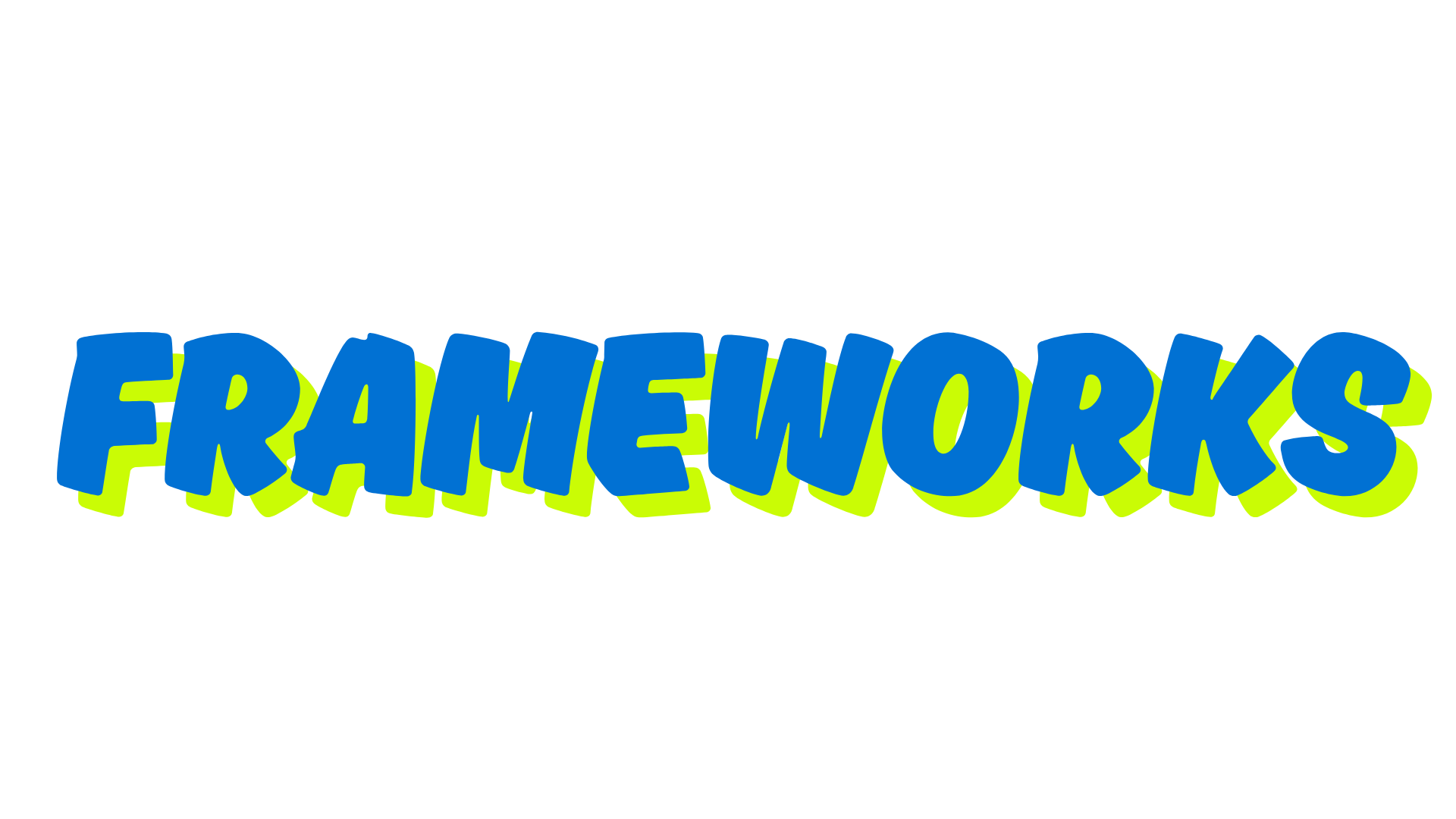What’s the Difference?

Are you confused about all the popular JavaScript frameworks and tools out there?
React, Node, Next.js, Angular, Flutter… the list keeps growing!
Don’t worry — you’re not alone. In this article, we’ll break things down in simple terms to help you understand what each of these technologies does, how they’re different, and which one might be right for your next project.
Whether you’re a beginner or someone just exploring, this guide is for you.
Quick Summary Table
| Technology | Type | Use Case | Language |
| React.js | Frontend Library | Build UI for web apps | JavaScript |
| Node.js | Backend Runtime | Run JS on servers | JavaScript |
| Next.js | Fullstack Framework | SEO-friendly websites & apps | JavaScript |
| AngularJS | Frontend Framework | Build dynamic web apps | JavaScript |
| React Native | Mobile Framework | Build native mobile apps | JavaScript |
| Flutter | Mobile/Web Framework | Build beautiful apps fast | Dart |
What is React.js?
React is a JavaScript library (not a full framework) created by Facebook to build user interfaces — mostly for websites.
When to use React:
-
Building fast and interactive frontends
-
Creating reusable UI components
-
Working with SPAs (Single Page Applications)
Think of React as the "face" of your website — buttons, menus, forms, etc.
What is Node.js?
Node.js lets you run JavaScript on the server — not just in the browser.
With Node, you can:
-
Build server-side apps
-
Handle APIs and databases
-
Create real-time apps like chat and games
It’s not for building interfaces, but for the behind-the-scenes logic.
What is Next.js?
Next.js is a framework built on top of React — and it adds superpowers like:
-
Server-side rendering (SSR)
-
SEO-friendly routing
-
Fullstack capabilities (you can build backend too!)
-
Static site generation
Use Next.js if:
-
You want fast page loads
-
You care about Google SEO
-
You want to build both frontend + backend with one codebase
What is AngularJS?
AngularJS is a full frontend framework by Google. It was super popular in the early 2010s but has now been mostly replaced by Angular (2+), a newer version.
Key features:
-
Built-in form handling
-
Two-way data binding
-
Strong structure for large apps
Use Angular (not AngularJS) for enterprise-level web apps, though it has a steeper learning curve.
What is React Native?
React Native lets you use React to build mobile apps for iOS and Android — using one codebase in JavaScript.
Why people love it:
-
Reuse 90% of the code across platforms
-
Native performance (not web-based)
-
Strong community
If you're good at React, jumping into React Native is easy!
What is Flutter?
Flutter, built by Google, is a modern framework for creating beautiful mobile and web apps using a language called Dart.
Flutter stands out for:
-
Fast development (hot reload)
-
Gorgeous UIs
-
Great performance on all devices
If design and speed matter a lot, Flutter is a great choice — even for web apps!
Other Modern Frameworks (Worth Exploring)
-
Svelte: A lightweight frontend tool that compiles code at build time.
-
Vue.js: Easy to learn and great for building UIs.
-
Remix: A newer React framework focused on web standards.
-
Expo: A toolkit built around React Native to speed up mobile development.
So… Which One Should You Choose?
It really depends on what you’re building:
-
A website? → React, Next.js, or Angular
-
A fullstack app? → Next.js + Node.js
-
A mobile app? → React Native or Flutter
-
An SEO blog? → Next.js or Remix
-
A large enterprise tool? → Angular or React with TypeScript
There’s no “one-size-fits-all” — but once you understand each tool’s strengths, picking the right one becomes a lot easier.